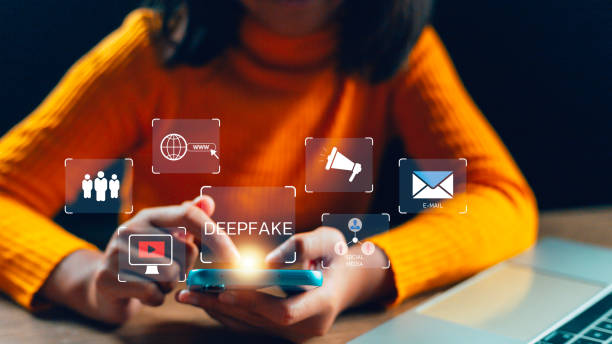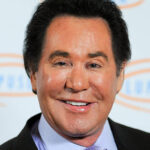Understanding the legal implications of deepfakes is difficult and troubling. The creation of modified digital content does not violate the law, but employing deepfakes for illegal objectives such as stealing intellectual property, committing crimes, harassing, or infringing on privacy rights is prohibited by various laws. Governments and regulatory authorities emphasize the need to protect sensitive information, and there are regulations governing the responsible use of confidential information, but no such restrictions limit the construction of deepfakes. The majority of deepfakes created for malevolent reasons are built without the agreement of individuals, violating their privacy rights.
How Deepfake Technology Works?
A celeb deepfake is any video footage in which machine learning technology is used to replace someone’s face with another’s. The key point here is that a deepfake is essentially a face coupled to a body. However, while putting a new face to a body in a single photograph may be as simple as opening Photoshop and performing some short work when it comes to a full video with correct motion, things, as it can be undoubtedly imagined, become much more involved.
Deepfakes achieve their goals by using AI and machine learning to replace video images. This works by providing the computer with a vast amount of data and information about the person or celebrity whose face is needed to be used to create celebrity deepfakes. The algorithm then learns the face’s natural movements from every perspective. It then applies that face to the relevant video footage in a way that appears highly realistic because it works from all angles. The technology is effective enough to persuade the majority of individuals who view it.
Few Instances of Celebrity Deepfakes
There are several instances where one can witness celebs deepfakes. These deepfakes can be used for various means such as to enhance entertainment value, viral marketing, fan engagement, manipulation, advertising, and spread misinformation. In 2024, According to the reports, Donald Trump a political figure who has the highest number of deepfakes which is 12,384, and the second figure is Elon Musk who has 95,44 deepfakes. While there are other examples as well such as:
- In the movie named “Rogue One: A Star Wars Story” (2016), the character of Grand Moff Tarkin died and then resurrected by using his deepfake.
- In “The Irishman” (2019), the character Robert De Niro was deepfaked to get a younger look. Appearances can also be altered by using the deepfake technology.
- The most popular actor Tom Cruise, was also deepfaked in several TikTok videos. He can be seen doing magic tricks and other activities that he never actually does.
Prevention of Deepfakes
The potential for deepfake images or videos cannot be underestimated. To prevent this threat, academics and policymakers are working together to develop effective celebrity deepfake detection systems. Now, numerous deepfake detectors can effectively and timely detect fake content which includes Deepware Scanners, Sensity AI, Truepic, Amber video, Serelay, Microsoft Video Authenticator, InVID, and more. As technology advances, the effectiveness of deepfake detection must increase for better detection of deepfakes. Individuals can actively detect forged identities by remaining vigilant and paying attention to small facts.
- Look for inconsistencies or unusual movements while deepfakes are extremely realistic, they cannot completely duplicate human behavior or movements. The appearance of inconsistent movements or abnormal behavior indicates the presence of deepfakes.
- Before trusting or sharing, carefully examine the synchronization between the voice and motions of the person speaking in the video, as well as the legitimacy of the content. Noticeable mismatches lags in movements, or anomalies indicate the presence of edited films.
Conclusion
Companies must be cautious and armed with the necessary tools to prevent such threats when media content is manipulated, as deepfakes get more sophisticated. The technologies listed above are some of the most effective deepfake detection techniques available for protecting organizational content and safeguarding the integrity of such organizations in an increasingly digital society. Businesses can therefore protect themselves from such celebrities’ deepfakes and other forms of cyber fraud by raising awareness and utilizing existing tools. Celebrity deepfakes, and deepfake technology of Immediate X3 Proair in general, are among the most worrying applications of AI that exist now. Its possible future impact can already be forecasted based on current celebrity deepfakes.


